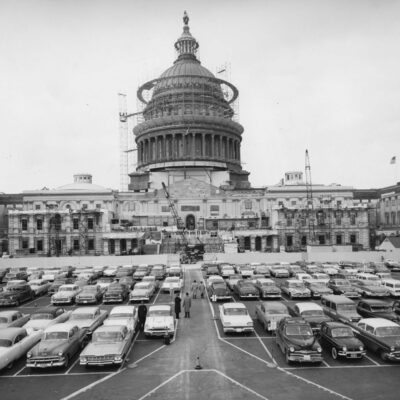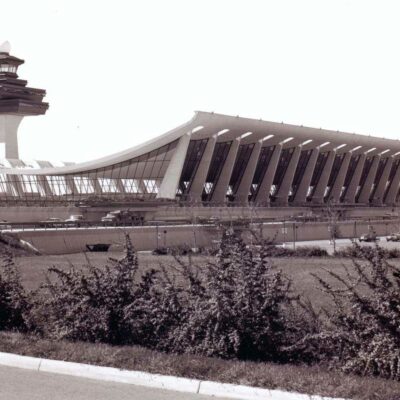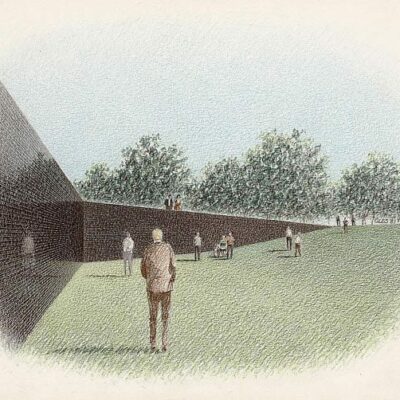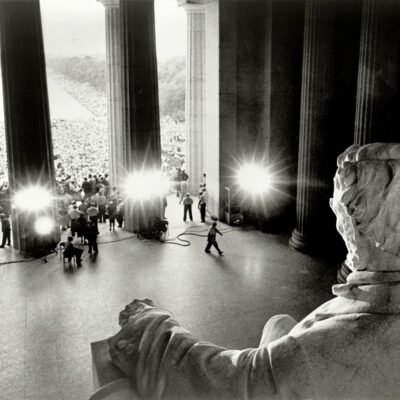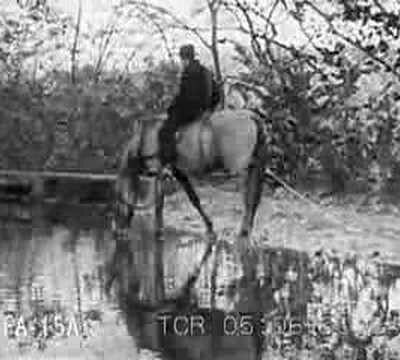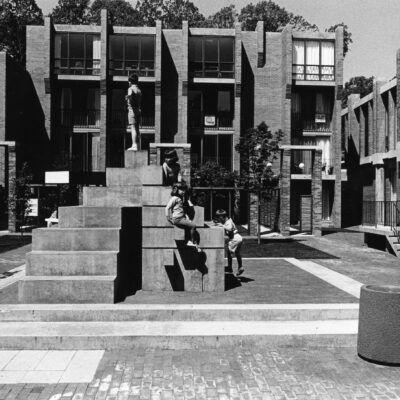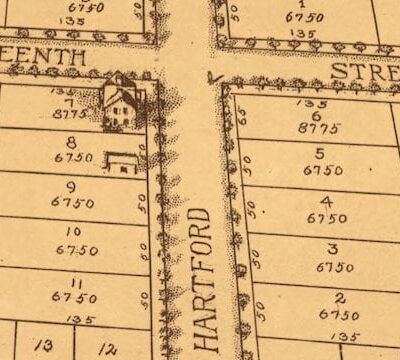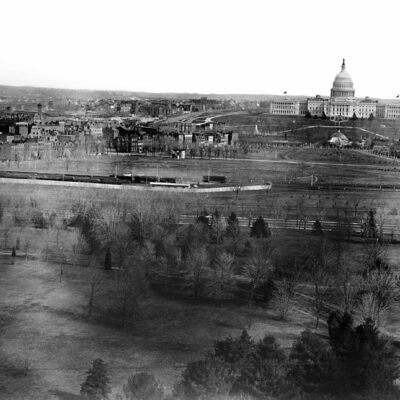The Catastrophe of Air Florida Flight 90: A Day of Despair and Heroism
January 13, 1982 marked one of the darkest days in the history of Washington D.C. aviation. Air Florida Flight 90, bound for Fort Lauderdale with a stop in Tampa, crashed into the 14th Street Bridge and fell into the icy Potomac River shortly after takeoff from Washington National Airport. This tragedy, as detailed in a Washington Post article from January 14, 1982, resulted in the loss of 74 passengers and five crew members, with only five individuals miraculously surviving.
Compounding the grim atmosphere, this incident was the second fatal crash at the airport within two months. Specifically, a small plane had previously crashed into an under-construction hangar, claiming three lives. The Washington Post article described that “the plane cartwheeled into the nearly completed hangar, spraying flaming fuel and debris.” Consequently, this cast a shadow over the safety record of the airport leading up to the fateful events of that January day.
Flight Delayed Due to Blizzard Conditions
At 3:59 pm on January 13, 1982, the flight took off from Washington National Airport bound for Tampa and Fort Lauderdale. As light snow fell, the Boeing 737 entered the runway piloted by Captain Larry Wheaton and First Officer Roger Pettit.
Earlier that day, the pilots had already delayed the flight for de-icing as a major blizzard pummeled the Washington D.C. area. Furthermore, temperatures had dipped below freezing and weather reports indicated potential wind shear – yet the flight crew ultimately decided to depart. In total, there were 74 passengers, along with five crew members on board for the ill-fated trip.
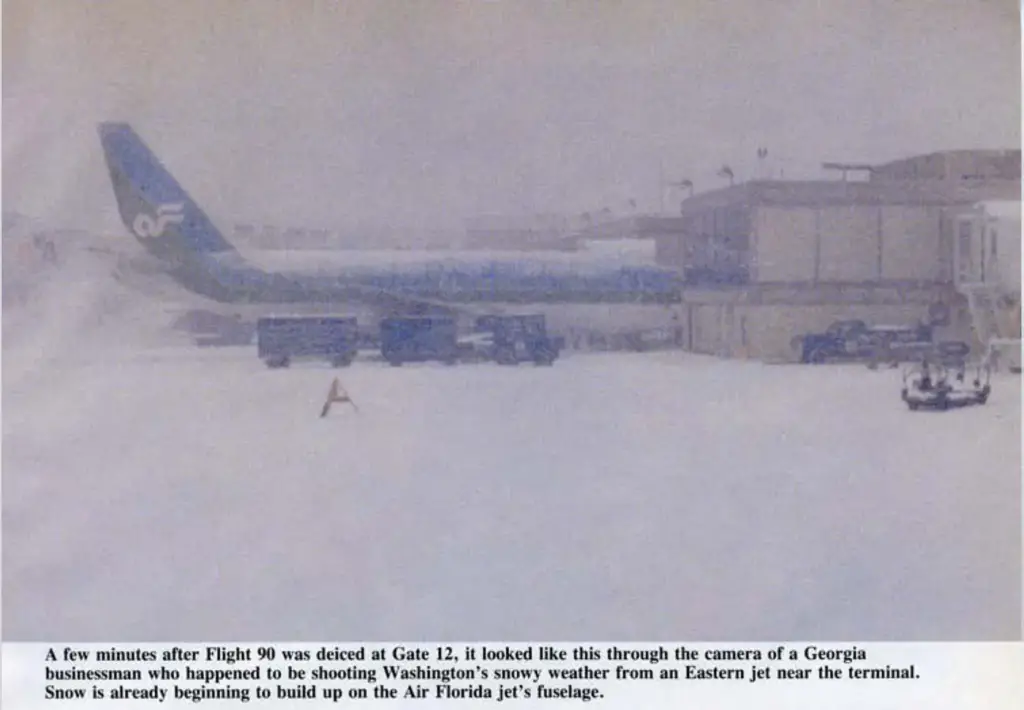
Banked Left and Smashed Into the Bridge
Just 1,656 feet past the runway, peril set in. “I saw the aircraft pitch nose up, followed by a huge cloud of snow,” airport general manager Maury Seldin recounted to the Washington Post.
“Then it banked left and smashed into the 14th Street Bridge.” Witness John O. Baxter recalled the horrifying scene to the Post: “I saw the plane hit the bridge…I saw people on the bridge thrown into the air. I saw them falling.” At least six vehicles, including a flat-bed trailer, were struck by the plane before it plunged into the ice-covered Potomac.
For survivor Priscilla Tirado, it felt like being inside of a massive snow globe: “You could see the snow coming up at you. There was water and everything everywhere.”
Utter chaos unfolded as Flight 90 exploded into pieces during an attempted takeoff in blizzard conditions. Debris rained down while cars burned on the 14th Street Bridge. Fuel spilled into the river, endangering any survivors of the initial crash. The site was later described as a “total disaster” by Arlington Fire Captain Steve Sturdivant.

Plunging into the Icy Potomac: Heroism and Tragedy Entwined
The Boeing 737 impacted the 14th Street Bridge only about half a mile from Washington National Airport. “The plane just took off and whap! It flipped over and was floating on its back in the river,” described witness Kelly Dobson in The New York Times.
The rear of the jet remained above water with the nose completely submerged. Debris littered the ice, as the current carried survivors away from rescue efforts. “We saw some people right after the crash standing on the tail section before it went under,” Dobson recalled amidst the frigid temperatures.
Multiple eyewitnesses observed survivors standing on the plane wreckage shortly after impact. This prompted immediate rescue efforts from first responders and civilians alike. Roger Olian, a sheet-metal foreman working on a nearby building, was the first to leap into action. He threw a life-ring out to the survivors, though the current pulled them out of reach.
Other military and civilian heroes quickly followed suit, plunging into the icy waters in desperate attempts to save lives. The United States Park Police helicopter, Eagle 1, arrived on scene to lower a lifeline to survivors. Tragically, many would succumb to hypothermia before rescuers could reach them.
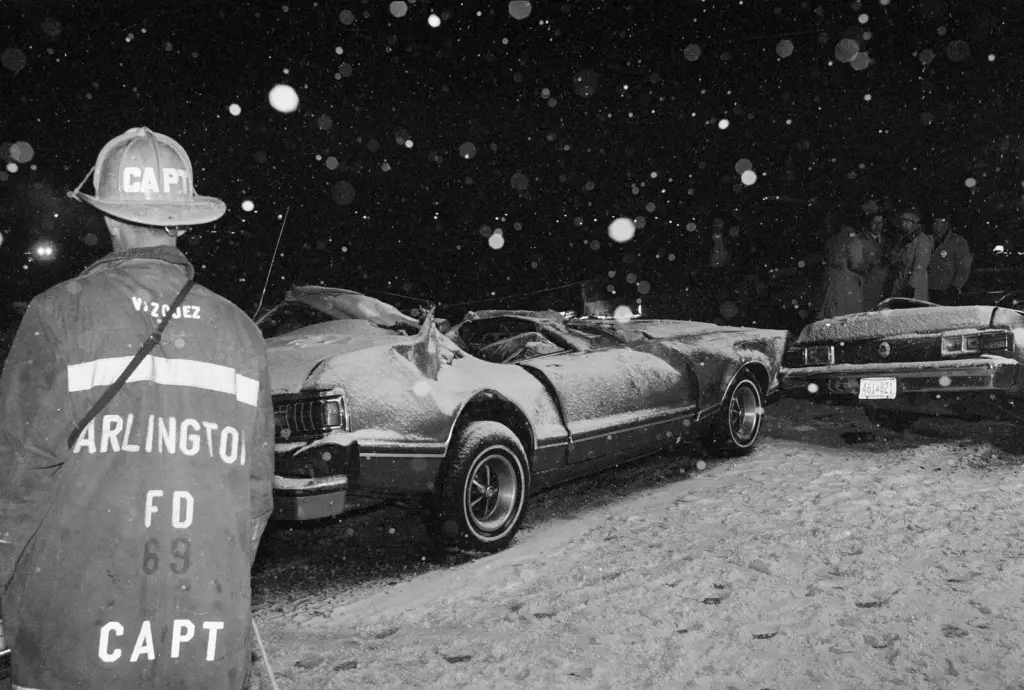
Ultimate Self-Sacrifice Amidst Tragedy
In a remarkable act of heroism, passenger Arland D. Williams Jr. passed the helicopter’s lifeline to others, sacrificing his own chance of rescue. He helped five people to safety before the sixth lifeline swayed near him as he succumbed to the freezing water. His selflessness embodied the many acts of bravery witnessed that day amidst immense tragedy. His actions, along with those of first responders and volunteers, would save five lives following the devastating crash.
A City Paralyzed
The disaster could not have come at a worse time for the capital. Washington D.C. was in the midst of a crippling blizzard that day, bringing traffic to gridlock just as emergency responders mobilized. “The plane pancaked in when it hit the bridge,” recalled witness and motorcycle patrolman William Fulton. “It didn’t slide at all. It just smashed into it.”
The snow severely hindered efforts to reach survivors on the bridge and in the water. Just 30 minutes later, the Washington Metro experienced its first fatal crash at the Federal Triangle station – D.C.’s third major transportation disaster that day.
Subway Disaster Adds to Day of Despair
As emergency teams rushed to the 14th Street Bridge disaster, more tragedy struck D.C. Just 30 minutes after Flight 90’s crash, three metro subway cars derailed downtown. The tunnel accident caused Washington Metro’s first fatalities ever. It happened around 4:20 pm that bleak January day. The subway derailment severely tested emergency response capabilities already at their limit after the aviation catastrophe.

Deafening Roar Followed by Eerie Silence
Those present at the subway platform described a deafening noise as the cars derailed. “There was a loud rumbling noise. The platform shook and I heard a crash,” recalled eyewitness James Jackson in The New York Times. An eerie silence followed as the gravity of the accident set in. “There was no sound, no screams, no noise, nothing,” described another witness Somchit Uesomphant. “It was like everyone was asleep down there.” The Metro disaster added even greater shock and despair to an already tragic day.
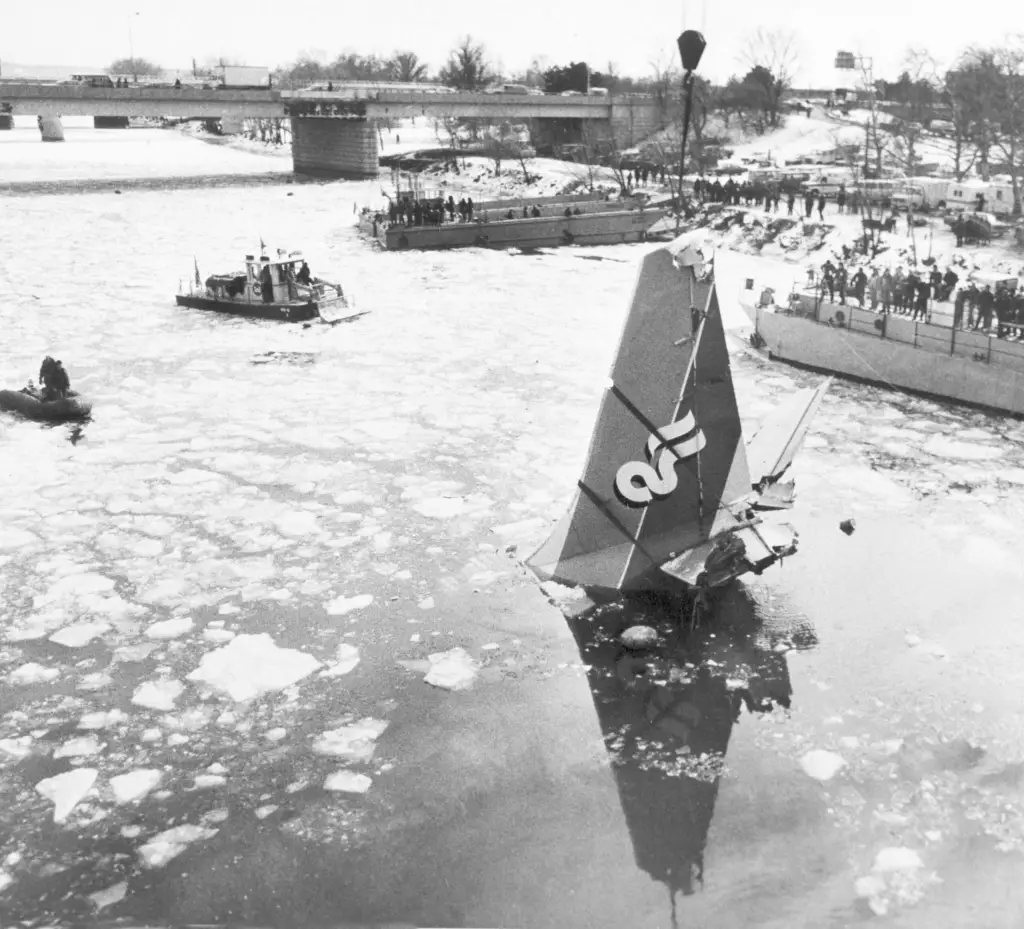
Lasting Changes
In the aftermath of the calamity, several changes were implemented to avoid recurrence of such tragedy. The National Transportation Safety Board cited the flight crew’s failure to properly de-ice the jet prior to takeoff as the probable cause. As a result, a Federal Aviation Administration directive now necessitates complete visual inspection of aircraft wings for ice contamination. Additionally, testing for pilots to better recognize icing conditions and minimum takeoff speeds were updated.

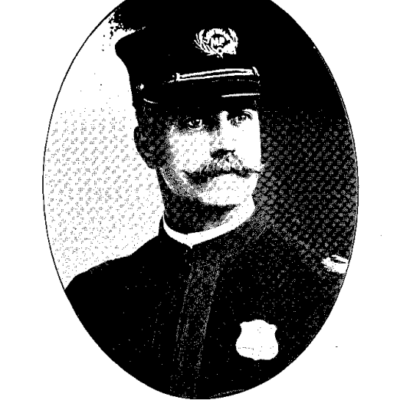
![Photograph shows a group of motorcycle policemen, from left to right: "Sergt. J.E. Boyle, L.F. Reilly, W.D. Vaughn, F.S. Tyser, L.D. Redman, D.E. Gailmore, G.P. Waite, R.H. Mansfield, G.M. Little, A. Shockey, W.C. Lewis, [and] Capt. J.A. Abbott" with view of the U.S. Capitol in the background.](https://ghostsofdc.org/wp-content/uploads/sites/7/2013/04/00154u-400x400.jpg)


